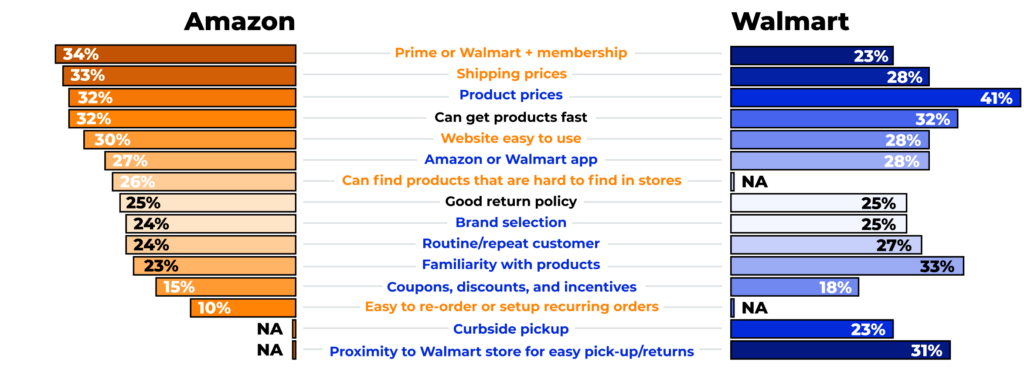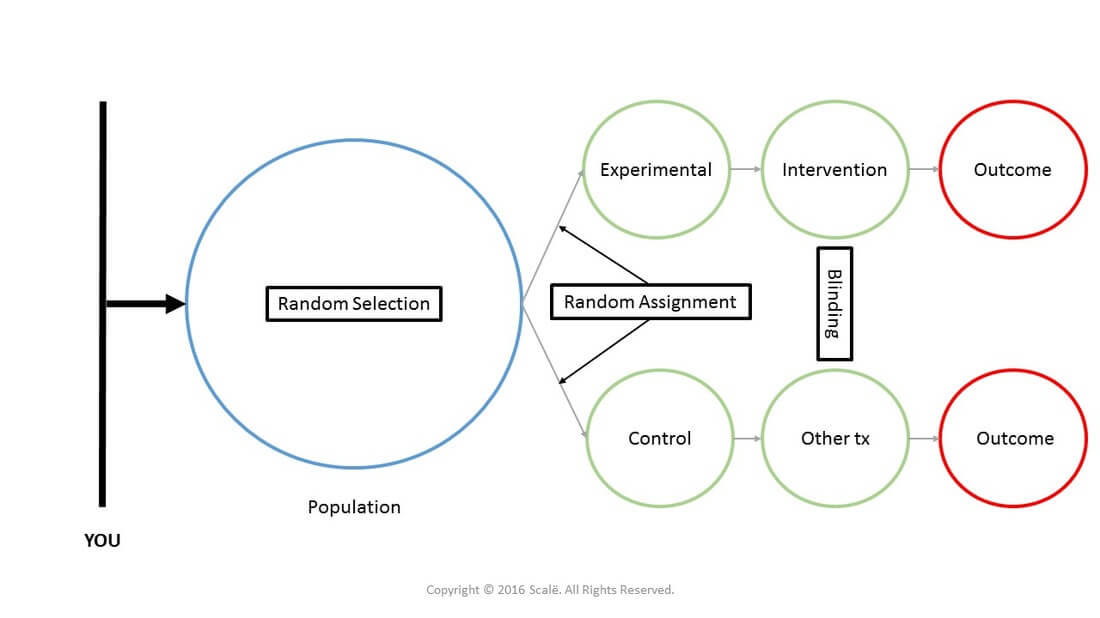2021 was not the year many had hoped for. The pandemic, natural disasters, inflation, supply chain issues and a persistently polarized planet has put humanity’s resilience to the test. Yet, with the new year’s arrival, there is renewed hope that conditions will stabilize and provide retailers with a clearer look ahead.
As a future-focused strategic agency, we know predicting the future is impossible – but we can explore potential outcomes that are highly probable based on emerging trends. As we look towards 2022, we have identified six trends that are becoming more mature and must be taken seriously for retailers to stay strong and relevant in a post-pandemic world.
Automation Everywhere
The auto industry is a harbinger of how autonomous technology can transform an industry. Moving rote processes to automated systems has been steadily increasing for the past decade, with the use of AI in streamlining approval and security processes as one example. We will witness the continued acceleration of automated processes across all industries, with the following bringing of the most value in the near future:
- Robotics technology in the supply chain, including delivery.
- 5G networks enabling more accurate location-based analysis.
- Move time-consuming, low-value processes to automation.
- Restructure staffing models to accommodate labour shortages through the strategic use of automation.
Green gets sophisticated
The recent G20 Climate Summit and subsequent agreement is the realization, irrespective of special interest groups or legacy industries such as coal and oil and gas, that there is a need to reduce our carbon footprint to avoid rising oceans and the depletion of natural resources. Consumers are increasingly looking for guidance on how to make more climate-friendly choices, but there is also an imperative need for industry to take on more responsibility in the efforts to reduce climate change. Here are some key ways in which brands must become a bigger part of the solution:
- Move away from plastic packaging towards biodegradable materials that are compatible with a wide range of recycling facilities.
- Shift investments to clean funds.
- Invest heavily in circular models for products, such as resale, upcycling, material reuse, using bio-products for other uses rather than waste.
- Clean the manufacturing process of all goods to reduce the use of water, chemicals and emissions.
Omni-channel finally comes full circle
If you’re tired of hearing the term “omni-channel” you’re not alone – but the reality is that up until now, it’s been a buzzword that hasn’t really be realized. The pandemic has forced companies to rethink how they deliver value to their consumers, pushing us closer to a true ecosystem model. Here are some of the factors driving this massive transformation of how consumers experience retail brands:
- Social commerce
- Work from home and hybrid models
- DTC brands opening brick-and-mortar retail stores
- Walmart challenging Amazon for online supremacy
- The sharing economy
- Fintech partnerships with legacy institutions


Staffing under pressure
For many decades, retailers have been in the driver’s seat in the employer-employee relationship – however, leaders in the industry were recognizing that recruiting and retaining the best employees is critical to the success of any brand and making transformative changes in their culture before the pandemic. Those wise organizations are now in a strong position as the talent pool for great people is shrinking. For those who are playing catch-up, here are some key strategies and factors to consider:
- Accelerating a move to AI-enabled automation can allow employees to focus on delivering an exceptional customer experience.
- A post-pandemic world does not mean employees will come flocking back to retail jobs. There are many factors contributing to a labour shortage and this trend will continue to impact staffing.
- Companies will need to become more flexible and offer a wider range of position types: some very flexible part-time positions to allow seniors and high school students to become viable talent pools, as well as full-time salaried positions with benefits including pension to create a base of loyal, long-term employees.
If you are just to start or expand your business, the PEO employment from Acclime can help you find the suitable employees for you growing business.
Measuring return on experience
Brands have been amping up customer experience but many are now realizing they don’t have systems in place to effectively measure how those investments are paying off. While sales numbers are one way to measure ROI, it can be hard to directly connect those numbers to specific experience investments. Without this kind of evidence, it can be hard to decide where to invest. Here are some thoughts about measuring ROE:
- Measuring, providing, and rewarding a great customer experience is the hidden factor that will ensure growth.
- In order to measure the effectiveness of any specific investment, brands must plan to conduct more structured research with the golden standard being a randomized control trial. Worries that such research is expensive are usually unfounded: a well-developed strategy to conduct a trial with a control and treatment program is a cost-saving measure that will allow brands to definitively prove which measures are most effective before spending on a costly rollout.
- Measuring attitudes and preferences is not as reliable as measuring what people actually do. That doesn’t mean we should abandon traditional market research around consumer attitudes, but rather that it needs to be supplemented through more rigorous investigation.


The metaverse is already here
The recent announcement of Facebook shifting its name to “Meta” is the beginning of a platform that has been normalized through becoming mainstream and branching out into other industries. Roblox, Fortnight and other innovative gaming platforms have already created worlds where trade, live interactions and commerce are happening. However, with advanced processing power and virtual reality technology, faster internet and software such as SketchUp, these advancements are allowing everyone to contribute to these virtual worlds. Here’s why retail brands should be paying close attention.
- For brands, both retail and manufacturers, the emergence of metaverses is opening up new marketing and merchandising opportunities to sell their products to early adopters.
- These new worlds also bring a whole new meaning to a sense of community, allowing brands to engage in new ways while also providing a higher degree of personalization and customization.
- We anticipate the emergence of a new role, the Chief Metaverse Officer, as consumers begin to explore various virtual worlds.
- Will Meta be the winner? Facebook has invested an incredible amount of resources towards the development of a metaverse – but many gaming platforms are already delivering a virtual world experience. It is anyone’s game at this point and a number of factors will drive success. Retailers need to start experimenting now with platforms that are open to partnerships to gain an understanding of the space which is unchartered territory.
Towards a Positive Future
In the past 5 years, the news hasn’t exactly been heart-warming. Social media and online news platforms proliferate doom and gloom messaging, while our natural tendency to be attracted to negative information causes us to share and like and comment on such stories. However, our ability to hope and imagine a better future has seen us through many such turbulent times in the past.
Retail brands must focus on our ability to visualize the future to allow new technologies and solutions to solve our most vexing problems. As we turn towards a new year, it’s essential to remain focused on the opportunities and live by the motto: leadership is about seeing the opportunity in the challenges versus the challenge in the opportunity.

